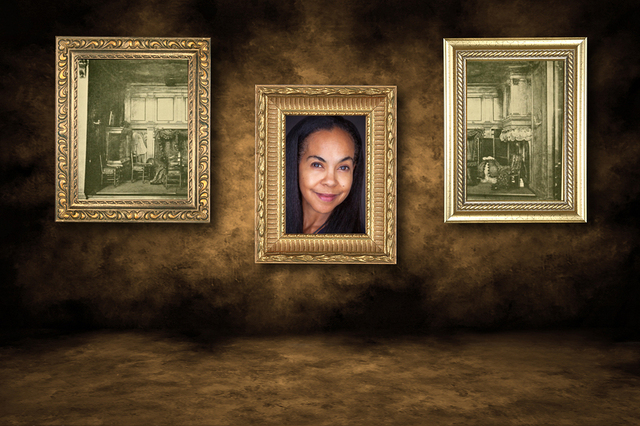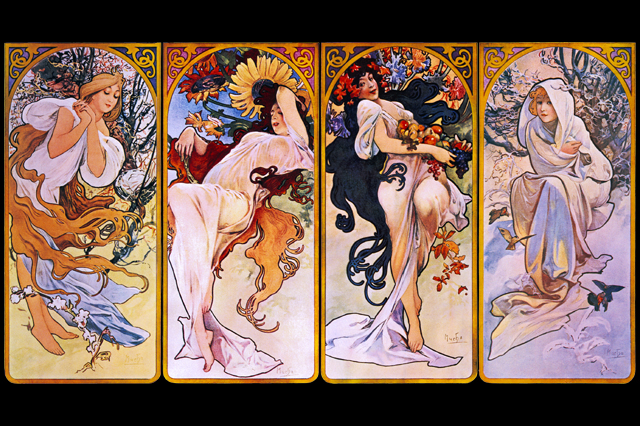
New Jersey psychotherapist Lisa W. Rosenberg recently took Second Prize in our Fall/Winter Fiction Contest. We spoke with her about her prizewinning story, “The Birthing Room,” about writing in general, and about what she has on tap next.
“The Birthing Room” unfolds across two separate but interdependent timelines, one in the present day and one in the year 1850. Your evocation of that historical period is thorough and convincing, but does not overwhelm the reader with unnecessary detail. How much research went into the story? How do you decide which details of the past are important to include and which aren’t?
I actually did a lot of research into Corabel’s time period. Once I got started, I became fascinated with how much more we know about the inner lives of enslaved African Americans than we knew back in the 1970s when my family and I read Roots together. I read a few books of personal narratives by enslaved people. (I recommend The Long Walk to Freedom: Runaway Slave Narratives, edited by Devon W. Carbado and Donald Weise.) Some were actual firsthand accounts and others were interviews.
In the relationship between Little Annie and Corabel, I wanted to challenge the trope of animosity and contempt between “house slaves” and “field slaves.” There is a mutual respect and interdependence. Corabel is responsible for bringing rations and supplies to Annie and the other field workers. Annie reciprocates by igniting the hope of freedom. I also wanted to present the Great Dismal Swamp as a place of hope and possibility as well as danger and mystery. I don’t know how many people are aware that it was home to many free people of color who assisted freedom seekers.
Overall, in early drafts I included a lot of extra detail. Then, like all writers do, I skimmed away whatever didn’t further the story.
The present-day side of the story begins in a fairly relaxed place, with only faint intimations of tension, but the sense of peril increases steadily right up until the ending. As a writer, how do you control that tension and keeping it rising throughout a story like this? How does the interplay between the timelines contribute to the effect?
This is going to sound odd, but when it comes to pacing I go with my gut. I can feel where the chapter break needs to happen, this enough-for-now reflex that makes me shift gears and address the other time period. I also edit a lot as I go along and if it feels like I’m giving too much away at once, I draw things out a little.
Your main present-day character, Galen, comes to view the circumstances of her life very differently toward the end of the story than she does at the beginning, despite her high consciousness about history, class and race. How similar to Corabel, the freedom-seeking historical character, do you feel Galen is, apart from the situations they find themselves in?
I would love to have had the space to give more back-story to Galen, specifically: how did she meet Rob? What were their families’ expectations of them in terms of careers and life partners? How does Galen have to contend with being an upper-middle-class professional black woman married to a white man? I know that her life is full of privileges and choices in a way that Corabel’s never was, but Galen, in her way, lives in a largely white world, surrounded by white moms, and is quite isolated. I imagine her bound to whiteness in a figurative sense, longing for freedom just as ardently as Corabel does.
When you approach a story like “The Birthing Room,” do you know from the outset how it’s going to end, or is the experience as much a journey of discovery as it is for your characters? How much do you know about the connections between your characters at the outset of the process?
Of course, by the time I submitted my story, I had rewritten and edited it many times over so it is hard to remember when I knew what I knew about the end, if that makes sense. I knew from the start that I wanted the time periods to intersect, for Galen and Corabel to see through each other’s lenses, but I was not sure from the beginning how things would end. I just knew it would all center around the birthing room.
How closely do you identify with the characters in “The Birthing Room”?
The house in “The Birthing Room” is based on my in-laws’ home in Monterey, Massachusetts, which they recently sold. The house was a stop on the Underground Railroad and, like in the story, a freedom-seeking African American woman had died there. There was a legend that this woman’s spirit haunted the place. As the only black person who ever visited the house, I always wondered what the spirit would think of me. Galen voices this thought in one of the final scenes.
I also identify with Galen’s remembered experience of being a black mom with an infant in a mostly white neighborhood. When my daughter was a baby, we still lived in Brooklyn, in an area where white moms would sit with their babies on one side of the playground and black nannies would sit with their charges on the other. My daughter and I would hang out someplace in the middle. Once we moved to Montclair, New Jersey, where things were more integrated (it’s not uncommon here for moms and babysitters to hang out), things got easier.
What questions about human behavior and experience interest you as a writer?
I am very interested in the play between race, class and gender, and how this has evolved through history. Each character in “The Birthing Room” has her/his own perspective on the others, including Maxine, the white proprietor. For example, Galen has had to read people all her life and interprets Maxine’s perspective in a way that might or might not be accurate. Galen does not know Maxine, but assumes that she was expecting her to be white. This interested me, actually, and I wound up writing a sequel to “The Birthing Room” that involves Maxine and her relationship to the spirit of Corabel.
What writers and books have been influential on your writing?
Number one is Toni Morrison, but I am currently enamored of Jesmyn Ward and Elizabeth Strout. The two of them are masters at depicting emotional life, the spaces between our feelings, our words and actions. Other favorites are Anita Diamant, Geraldine Brooks, Wally Lamb and Danzy Senna.
You’ve published a great deal of nonfiction. How do you approach your fiction and nonfiction differently? What qualities do your fiction and nonfiction share?
For nonfiction and fiction alike, there has to be a plot, tension and characters that I am connected to. I am, of course, freer in writing fiction because I don’t have to rely on memory. My nonfiction focuses on my childhood, adolescence and young adulthood—small moments that are life-changing. My mother was a great source of details. She had a wonderful memory for everything in my life. Unfortunately, I lost her last year.
Besides being a writer, you’re also a practicing psychotherapist. Is either occupation more central to your identity than the other?
Neither is more central right now. Each career balances the other out, offering both the creative and the interactive. I love that it is possible to uncover people’s strengths by understanding their stories. That informs my therapy practice and tends to be what I write about.
However, I want to clarify that I never write about my clients’ lives or personal stories. I think a lot of people who hear about writer-therapists say things like, “Wow, I bet you get a lot of material from your work.” I could, yes. But I don’t.
Where does writing fit into your daily routine? How easy or difficult is it to make time for your writing?
That all depends on what’s going on with my kids at the time. Being a therapist is flexible enough to make room for writing but, adding in my parenting responsibilities, it’s a bit more of a juggling act. I make it work.
What are you working on now? Do you have plans for a novel?
I have a few things I’m working on. One is a non-fiction part-memoir/part-photo-essay book about multiracial families building cultural bridges across our increasingly polarized country. Another is a race-bending novel set in the Berkshire Mountains.
Read “The Birthing Room,” Lisa W. Rosenberg’s prizewinning story, and see how well she makes things work.


